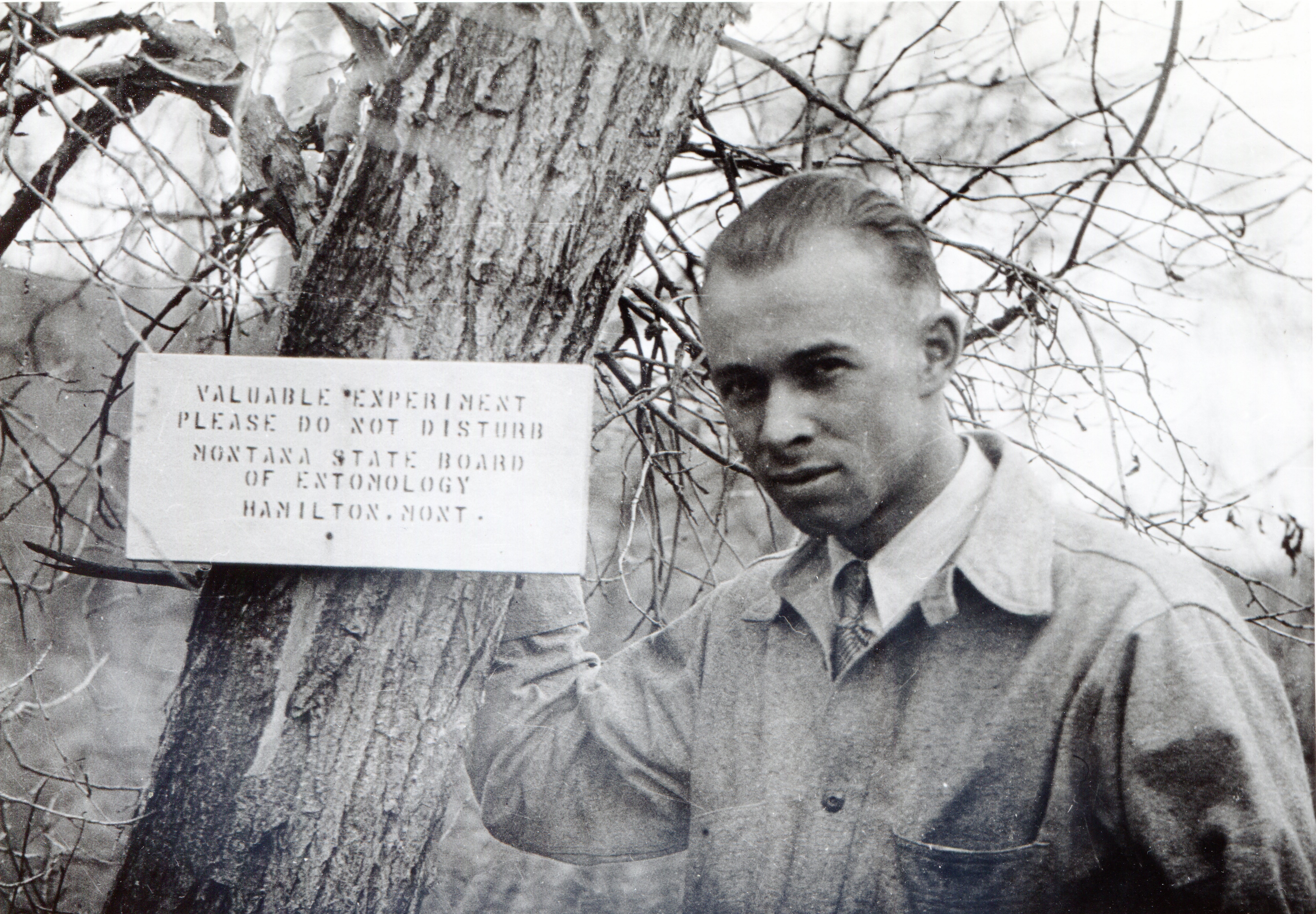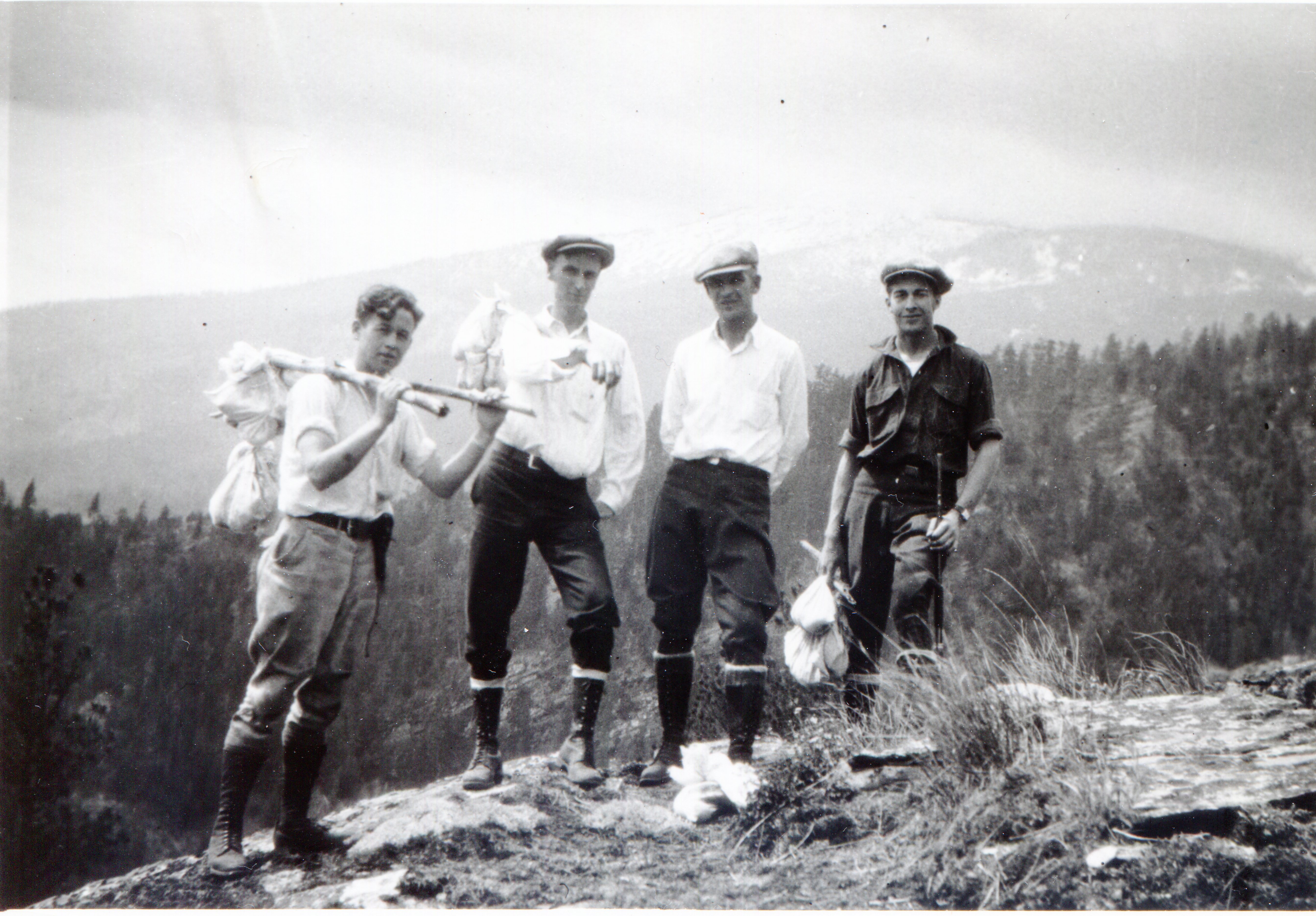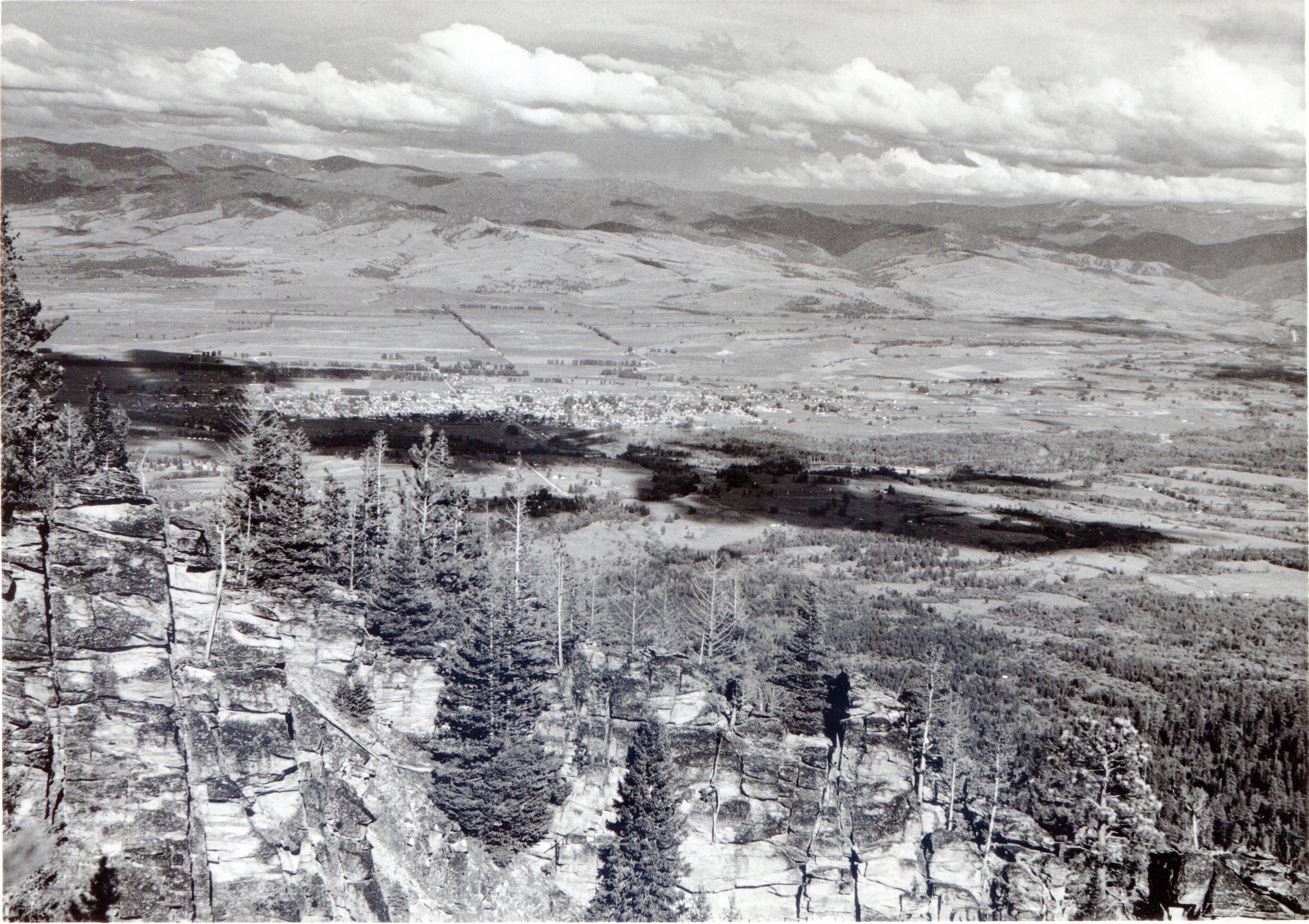...
| Div | |||||||||||||||||
|---|---|---|---|---|---|---|---|---|---|---|---|---|---|---|---|---|---|
| |||||||||||||||||
| |||||||||||||||||
| Div | |||||||||||||||||
| |||||||||||||||||
| Div | |||||||||||||||||
|
Constant collecting
As RMSF gave up its mysteries, researchers still had other tick-borne diseases to study. They constantly collected ticks where outbreaks of Rickettsial diseases occurred.
...
In 1929, LeRoy Jones, Harley G. Sargent, Harry L. Sargent, and James Kerlee posed at the top of Blodgett Canyon in the Bitterroot Range. Each holds several white cloth bundles tied to a stick for specimen collection. James Kerlee’s brother, Arthur LeRoy Kerlee, had died the year before of RMSF that he had acquired in the laboratory.
| Span | ||||
|---|---|---|---|---|
| ||||
Image: Office of NIH History and Stetten Museum, 1449 |
How do you know you have RMSF?
| Div | |||||||||||||||||||||
|---|---|---|---|---|---|---|---|---|---|---|---|---|---|---|---|---|---|---|---|---|---|
| |||||||||||||||||||||
|
Kerlee and Spencer’s results were published shortly after Kerlee died of Rocky Mountain spotted fever in 1928. Learn more about Kerlee [link to his bio].
“Rocky Mountain Spotted Fever: A Preliminary Report on the Weil-Felix Reaction,” A. L. Kerlee and R. R. Spencer, Public Health Reports (1896-1970), Vol. 44, No. 4 (Jan. 25, 1929), pp. 179-182
Can you prevent getting ill?
...




